General Info – summary
This dioecious shrub or Tree is up to 6m high. Stout spines and lenticels may be visible on young down bending branches. The trifoliate Leaves have elliptic to ovate leaflets lacking stipules & petiolules. The yellow tiny 5-merous regular Flowers are in panicles developing at branch ends/leaf axils. Male: 5 stamens + free filaments, Female: superior ovary + 3 Styles. Fruit a small drupe with a reniform seed.
Description
Searsia pyroides
Searsia pyroides (Previous name: Rhus pyroides).
SA Tree Numbers: 392, 392.2 & 392.3
The varieties are often difficult to tell apart. All are small trees or shrubs up to 6m high. They are widespread in diverse habitats up to an altitude of 2200m.
var. gracilis. 392.2. (slender branches). Common Name: Rivieraaibos, River Firethorn, River Firethorn Current. Distribution: Eastern Cape, Free State, Gauteng, KwaZulu-Natal, Limpopo, Mpumalanga, North West. This is a deciduous spineless shrub or small tree. SA Tree N0: 392.2
var. integrifolia. 392.3. (Large leaves with serrated margins, lower altitude) Common Name: Mountain Firethorn Currant. Distribution: Eastern Cape, Gauteng, KwaZulu-Natal, Limpopo, Mpumalanga. This is a semi evergreen shrub or small tree. SA Tree N0: 392.3
var. pyroides. 392. (Hairy petiole, Leaves with up to 2 indentations, Veins prominent). Common Name: Common Currant, Common Wild Currant, Firethorn Currant, Gewonetaaibos, Taaibos. Distribution: Western Cape, Eastern Cape, Free State, Gauteng, KwaZulu-Natal, Limpopo, Mpumalanga, Northern Cape, North West.
Location beyond South Africa. Searsia pyroides plants grow in Eswatini (Swaziland – name change occurred in 2018), Zimbabwe, Botswana and Namibia.
The original specimen of Searsia pyroides was collected on the Asbestos Mountains in the Northern Cape that runs from Kuruman to Prieska.
Family: Anacardiaceae. (Mango family), which has about 83 genera and 850+ species – including Cashew). About 80 species occur in South Africa. Hunting arrows have been made from straight stems. Resin canals are present and woolly stellate hairs cover all young parts. Leaves lack stipules. They may be deciduous or evergreen and usually alternate. Leaves are simple, trifoliate or digitally compound and imparipinnate. Leaflets are usually opposite. Crushed leaves may smell of turpentine. Trees are monoecious or dioecious with occasional bisexual Flowers. Flowers are small, greenish or yellowish white and usually regular. The Calyx has 4-7 sepals and there are 4-7 Petals. The number of Stamens is the same as, or twice the number of petals and the Anthers are versatile. The superior Ovary has up to 4 locules, each with a single ovule. The 1-5 Styles are free or connate and separated at the base. Fruit is usually an indehiscent fleshy drupe that provide food in dry areas. They contain a single quick growing Seed. The southern Africa genera containing trees on this website include Harpephyllum, Lannea, Loxostylis, Ozoroa, Sclerocarya and Searsia.
Name derivation: Searsia. Named after the head of the Yale School of Botany: Paul Bigelow Sears a highly qualified American ecologist (December 17, 1891 – April 30, 1990). He pioneered the study of fossil pollen in the USA. pyroides – Leaves resemble those of Pyros – the pear tree. Pyros is also the Greek for fire, and this might be where the specific name originates – referring to the burning sensation caused by a prick from some thorns. There are many species of the genus Searsia in South Africa. William John Burchell first collected Rhus pyroides on the Asbestos Mountains. These run from Kuruman to Prieska in the Northern Cape. This specimen can still be seen at Kew. His truly amazing travels and collections are really worth reading about in Wikipedia.
Conservation: National Status: L C. (Least Concern). Assessed: 2005 (W. Foden and L. Potter).
N.B. All pictures of Searsia pyroidese were taken at Pretoria National Botanical Garden – Searsia pyroides var. pyroides.
Tree
This Tree may reach 6m high or it can be a multi-stemmed (photo 266) plant or a shrub. The rough grey Bark is granular. Mature stems have a rough greyish brown bark (photos 568 & 264). Current year, slender Branches are tough, green and pendulous (tend to hang down – photo 625). They may be slightly hairy. Stout woody Spines are up to 6cm long and may protrude through the bark of branches. Being pricked by one of these spines may cause a burning sensation – hence common name “Firethorn” in Searsia pyroides var. pyroides. Reddish Lenticels (a usually raised corky oval or elongated area on the plant that allows the uncontrolled interchange of gases with the environment) are visible on the young branches (photo 494). Cut stems may yield a bright red colour – hence the common name “Rooikaree.”
- 266. 2016/01/26. Pretoria NBG. Photo: David Becking.
- 625. 2017/01/31. Pretoria NBG. Photo: David Becking.
- 568. 2014/10/30. Pretoria NBG. Photo: David Becking.
- 264. 2016/01/26. Pretoria NBG. Photo: David Becking.
- 494. 2017/10/17. Pretoria NBG. Photo: David Becking.
Leaves
This often-deciduous plant has trifoliate Leaves (compound leaves with 3 leaflets). The central leaflet is the largest. The Leaflets are elliptic to obovate and light green when young (photo 47), becoming dull olive green or brownish green above and slightly lighter below (photo 572). Petiolules (leaflet stalks) are absent, making the leaflets sessile. Midrib and lateral Veins are raised below and visible on both surfaces (photo 572). Vein details are best viewed against a strong light with the aid of a hand lens (photo 202). In this photo, the hairs on the margin are clearly visible. Silky hairs may be present on both surfaces. The Margin may be irregularly toothed closer to the apex (photo 572) – otherwise it is entire (with a continuous margin, not in any way indented). The Apex is broadly tapering to rounded, and may end with a sharp point (photo 46). The Base tapers narrowly. The hairy Petiole (leaf stalk) is slender and up to 4,5cm long in this variety. It may be furrowed above. Stipules (basal appendages of the petiole) are absent.
- 47. 2016/10/25. Pretoria NBG. Photo: David Becking.
- 46. 2017/03/21. Pretoria NBG . Photo: David Becking.
- 572. 2014/10/30. Pretoria NBG. Photo: David Becking.
- 202. 2019/10/08. Pretoria NBG. Photo: David Becking.
Flowers
Very small (photo 311), yellow or greenish Flowers are actinomorphic (Regular, symmetrical. Flowers are vertically divisible into similar halves by more than one plane passing through the axis). The trees are dioecious (unisexual floral structures with male and female parts on separate plants). The flowers arranged in Panicles (indeterminate, branched inflorescence with stalked flowers) up to 10cm long (photo 311) that originate at the ends of branches or in leaf axils. The Calyx has 5 Sepals that are joined at the base and the Corolla has 5 (photo 861) free Petals. Male Flowers have 5 Stamens (photo 861) with free Filaments that terminate with Anthers containing 2 Thecae (pollen sacs). These dehisce longitudinally. Male flowers lack an ovary, but a rudimentary pistil is present. The Female flowers have a single Pistil (a unit of the Gynoecium, the female element of the flower, composed of the Ovary, Style and Stigma) containing a superior Ovary from which 3 Styles emerge. 5 Staminodes (sterile stamens) may be present. (Oct-Feb+).
- 311. 2016/11/08. Pretoria NBG. Photo: David Becking.
- 861. 2017/11/14. Pretoria NBG. Photo: David Becking.
- 855. 2017/11/14. Pretoria NBG. Photo: David Becking.
Fruit
The small, almost spherical, smooth, hairless and shiny Fruit is a horizontally compressed Drupe (stone fruit like a peach but is much smaller in this case) with a diameter up to 5mm. The initially green fruit becomes shiny yellow or red and finally dark brown with a surrounding pulp layer. Although small, the large numbers of fruit tend to weigh down branches. The small Seeds are reniform (kidney shaped) and lack endosperm (the starch and oil-containing tissue of many seeds; often referred to as the albumen (photo 46 under Tree). (Nov-May).
Distribution & Ecology
Except for the dry west of the Northern Cape (where Searsia pyroides var. pyroides also occurs), all varieties of Searsia pyroides occur in all remaining provinces – up to an altitude of 2 200m. Plants occur in a number of different locations. They are often found on iron stone hills, termite mounds, along watercourses, dunes, grasslands, close to forests and even in semi desert areas. Elephants, impala and kudu graze the Young Shoots and Leaves. Birds such as Red-eyed Bulbuls and Starlings are attracted to the Fruit. This tree is also a valuable pioneer plant (hardy species, which are often the first to colonize previously disturbed areas). They may occur along with Vachellia karroo. Spherical parasitic, insect created groups of Galls may be present on the tree. These burst open eventually releasing the new insects. The infection time is often spring or early summer (during the growing season) but more widespread in the tropics. Insect larvae are responsible for the infection.
Ethnobotany
Domestic animals browse these plants. The tough Wood is reddish brown, cross-grained, and elastic (photo 647). Although the trees are small, excellent hoe, axe and pick handles as well as fence poles are made from them. The frost resistant and hardy plant has edible Fruit with a pleasant sweet-sour taste. Seeds are used for propagation. In order to obtain fruit, both male and female trees must be reasonably close together. The problem is that until the tree produces flowers, the sex of the tree is difficult to determine. Here planting cuttings from both male and female trees would ensure this. Trees are drought resistant, do well in gardens, and may be used for hedges. Plant extracts may help in the treatment of epilepsy.
- 647. 2018/05/29. Pretoria NBG. Photo: David Becking.
References
Boon, R. 2010. Pooley’s Trees of eastern South Africa. Flora and Fauna Publications Trust, Durban.
Burrows, J.E., Burrows, S.M., Lotter, M.C. & Schmidt, E. 2018. Trees and Shrubs Mozambique. Publishing Print Matters (Pty) Ltd. Noordhoek, Cape Town.
Coates Palgrave, M. 2002. Keith Coates Palgrave Trees of Southern Africa, edn 3. Struik, Cape Town.
Foden, W. & Potter, L. 2005. Searsia pyroides (Burch.) Moffett var. gracilis (Engl.) Moffett. National Assessment: Red List of South African Plants version 2020.1. Accessed on 2023/12/08.
Foden, W. & Potter, L. 2005. Searsia pyroides (Burch.) Moffett var. integrifolia (Engl.) Moffett. National Assessment: Red List of South African Plants version 2020.1. Accessed on 2023/12/08.
Foden, W. & Potter, L. 2005. Searsia pyroides (Burch.) Moffett var. pyroides. National Assessment: Red List of South African Plants version 2020.1. Accessed on 2022/05/04.
Lawrence, G. H. M, 1951. Taxonomy of Vascular Plants. The Macmillan Company, New York. Tenth Printing 1965.
Palmer, E. & Pitman, N. 1972. Trees of southern Africa. Balkema, Amsterdam, Cape Town.
Schmidt, S. Lotter, M. & McCleland, W. 2002. Trees and Shrubs of Mpumalanga and the Kruger National Park. Jacana, Johannesburg.
van Wyk, B. & van Wyk, P. 1997 Field guide to Trees of Southern Africa. Struik, Cape Town.
http://plantzafrica.com/plantqrs/voteplant.php
https://en.wikipedia.org/wiki/Searsia_pyroides
https://www.sciencedirect.com/science/article/abs/pii/S037887411100403X
http://www.ncbi.nlm.nih.gov/pubmed/21669274

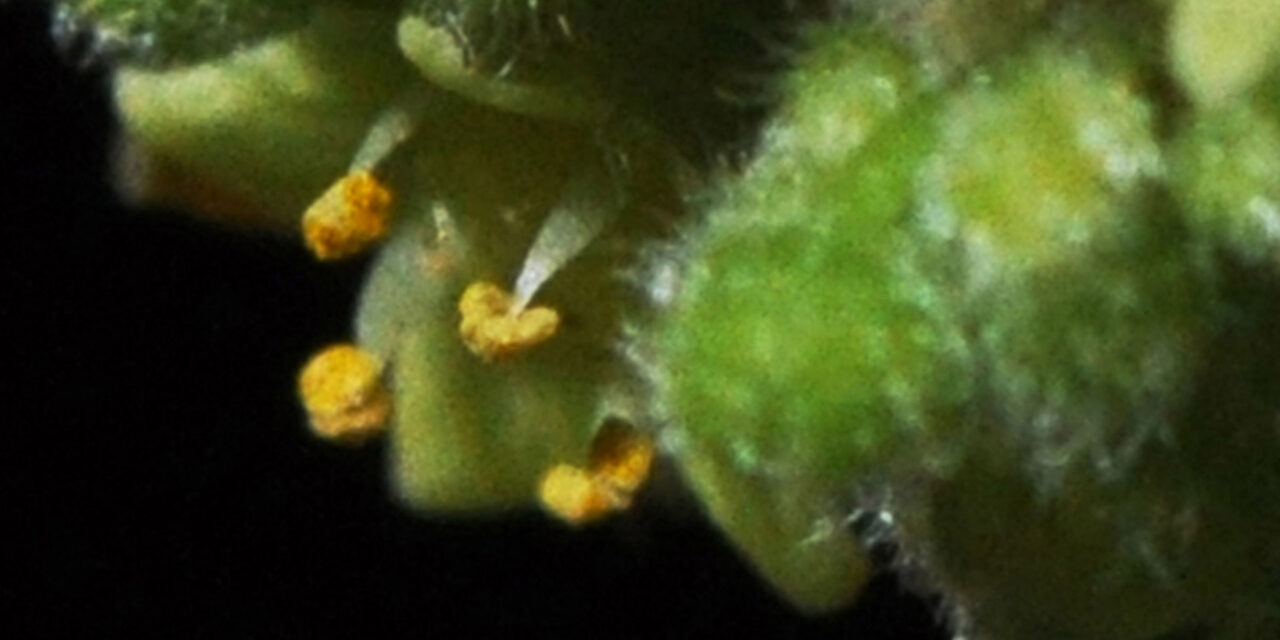
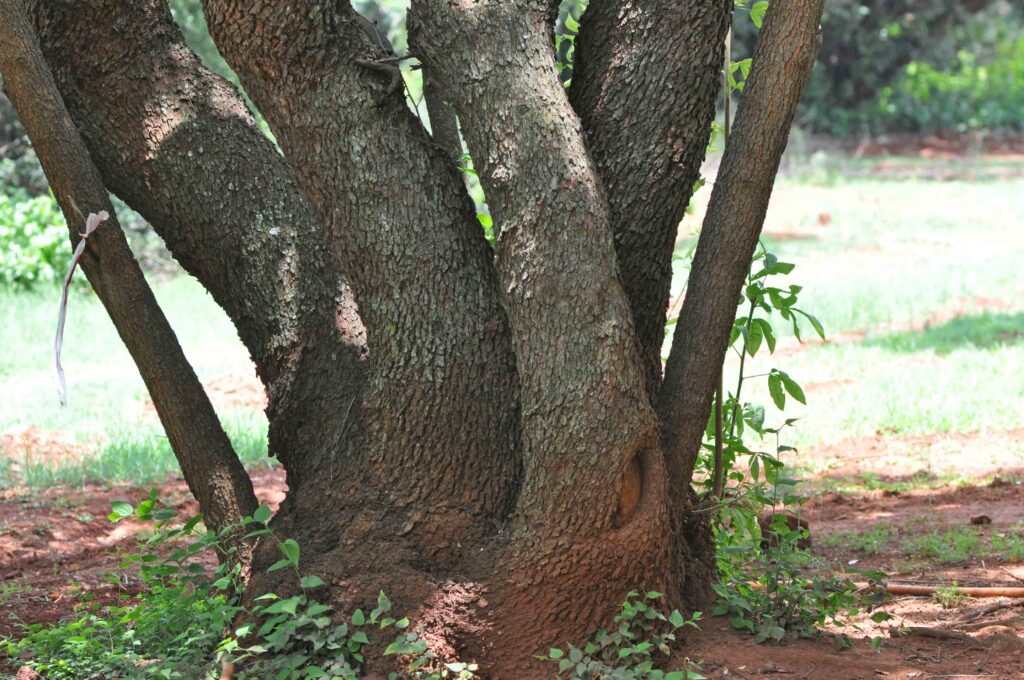
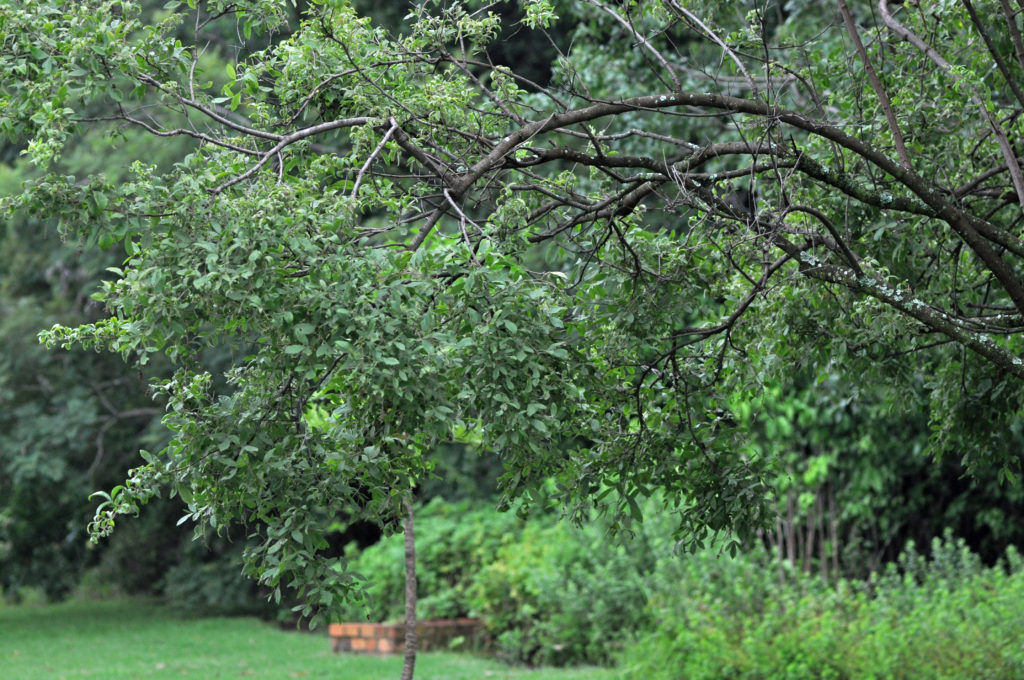
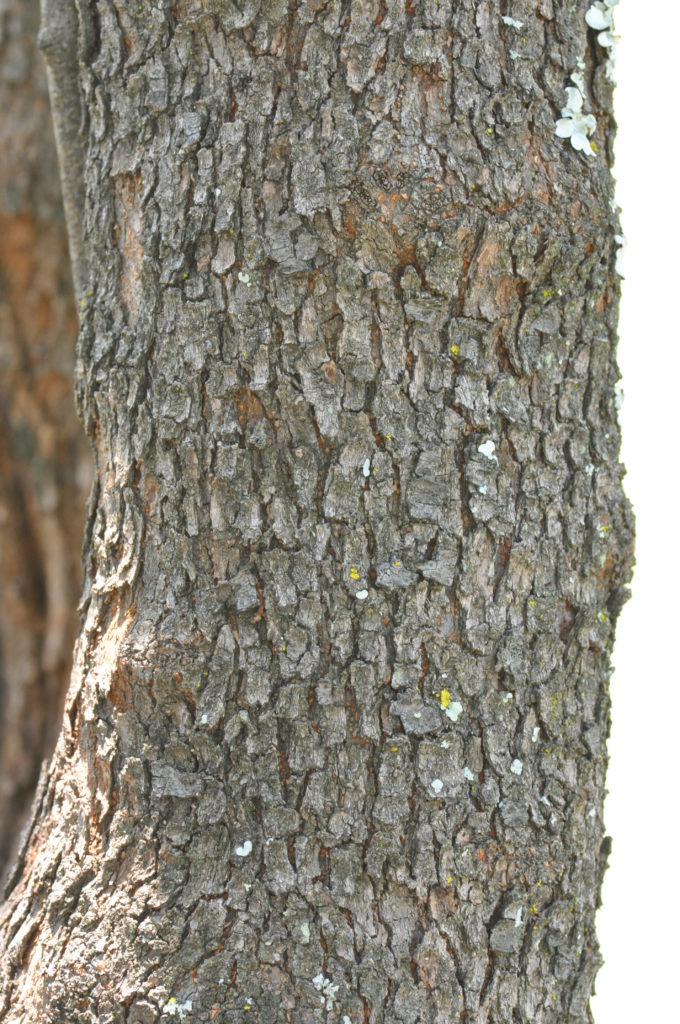
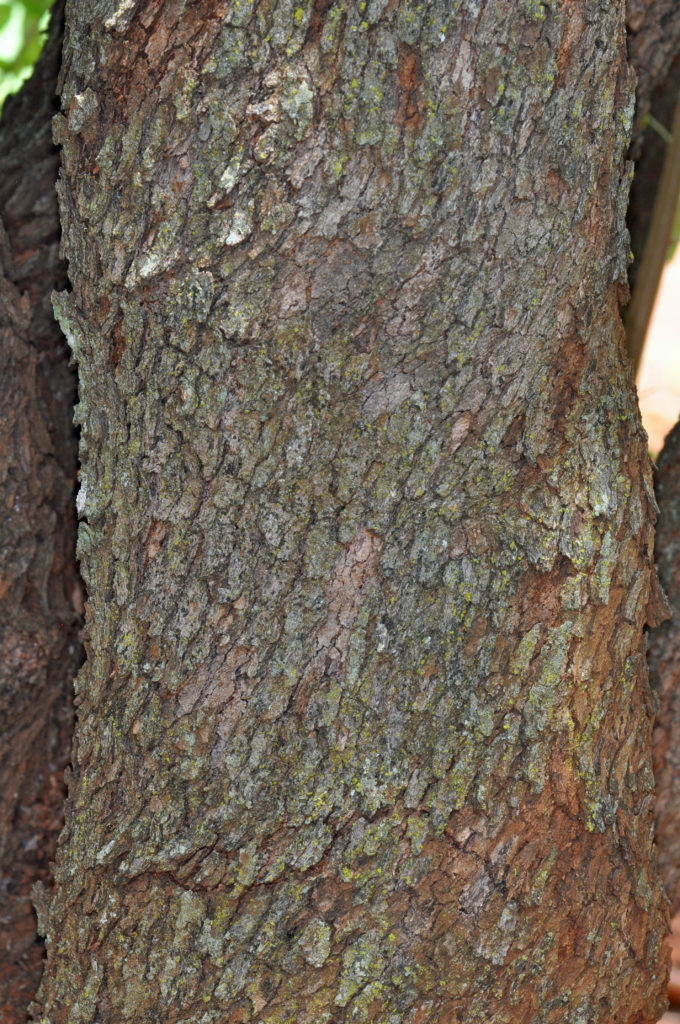
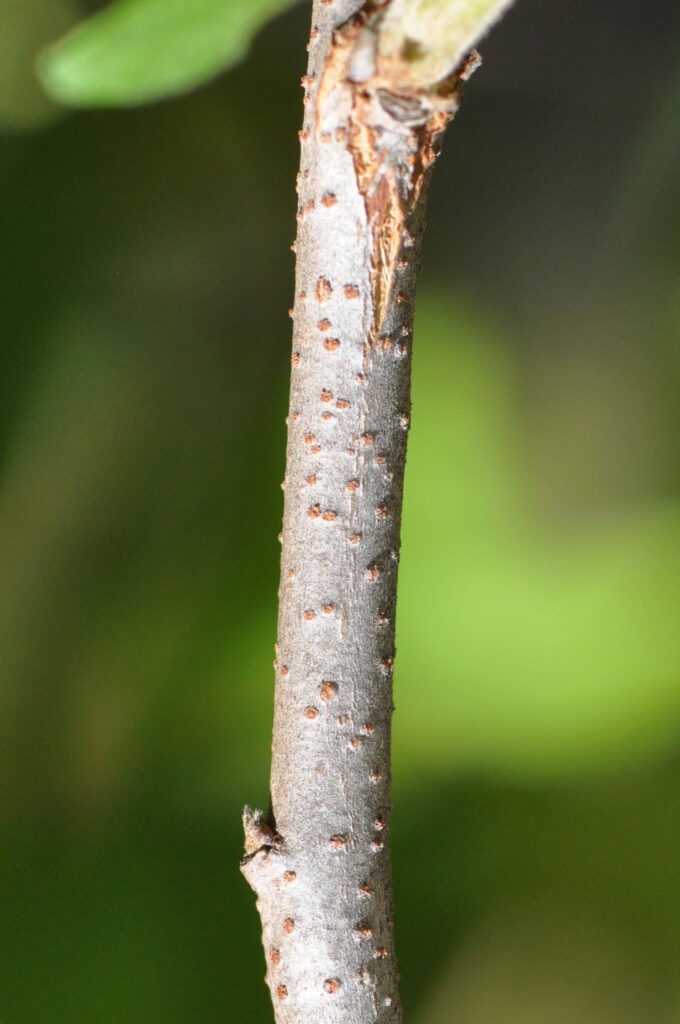
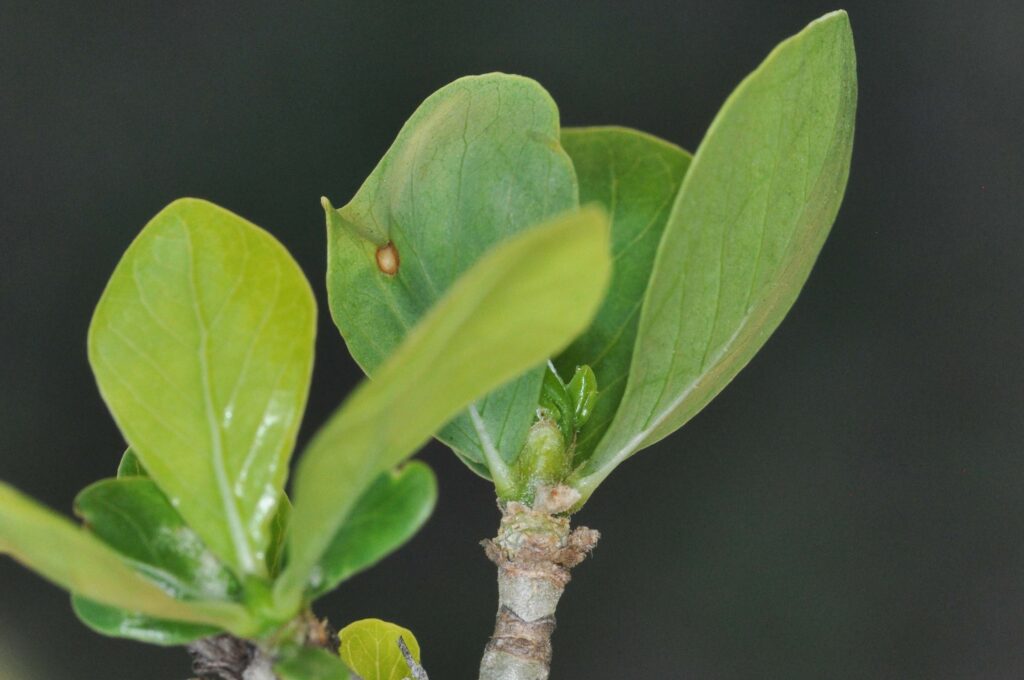
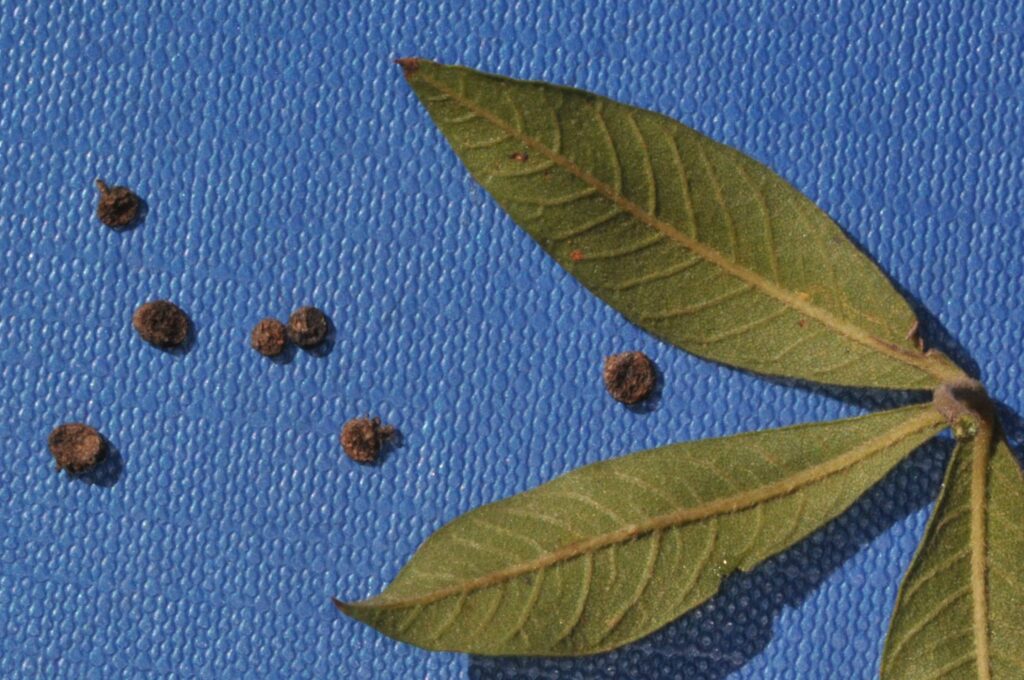
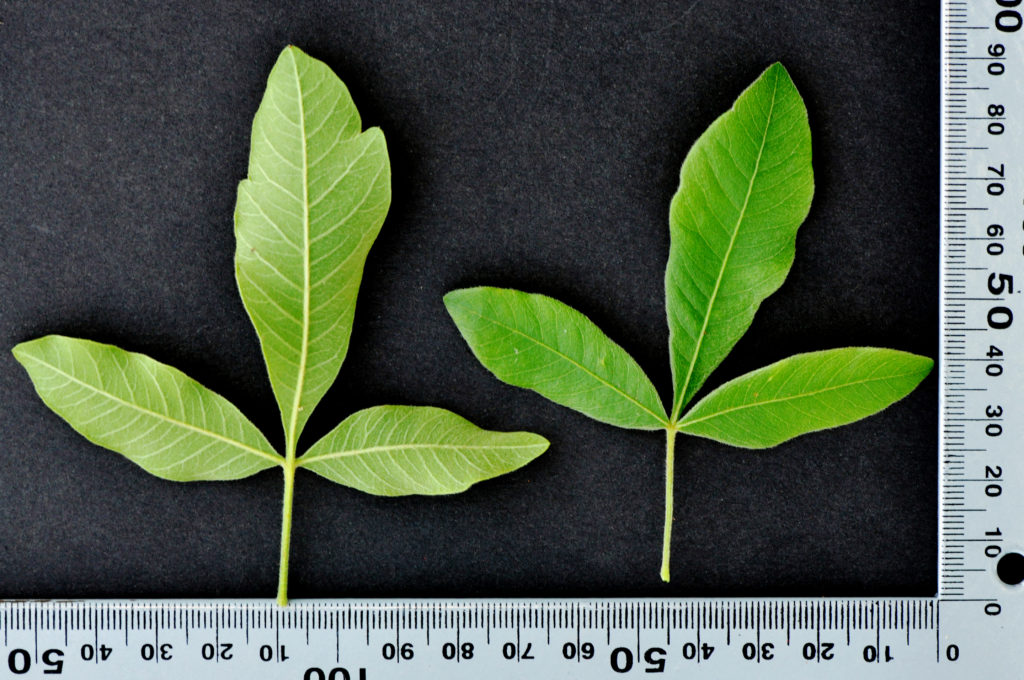
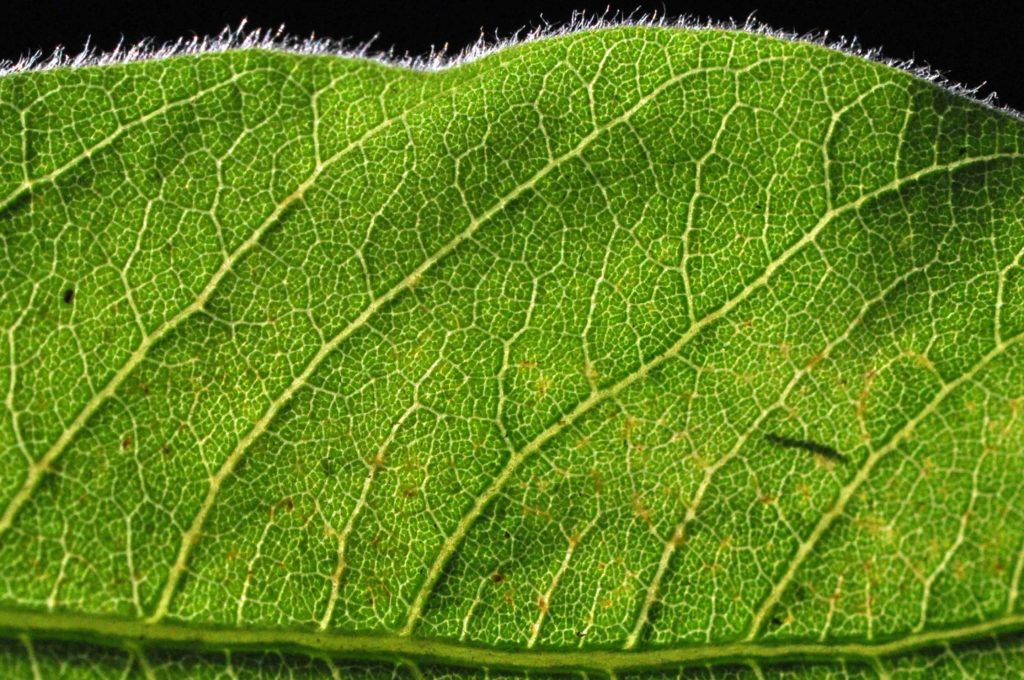
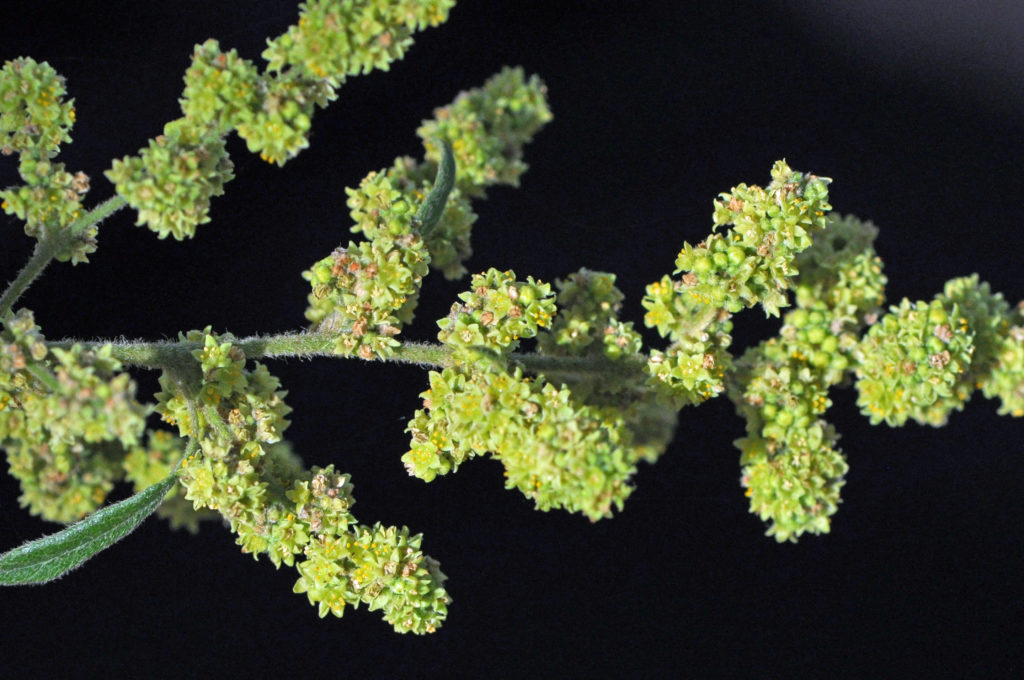
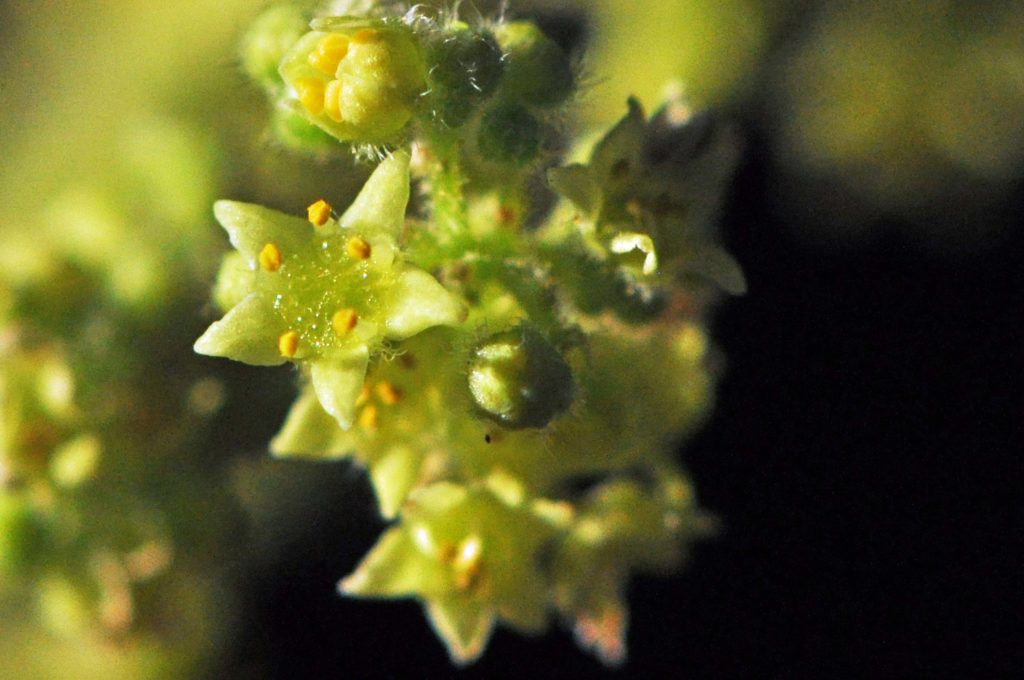
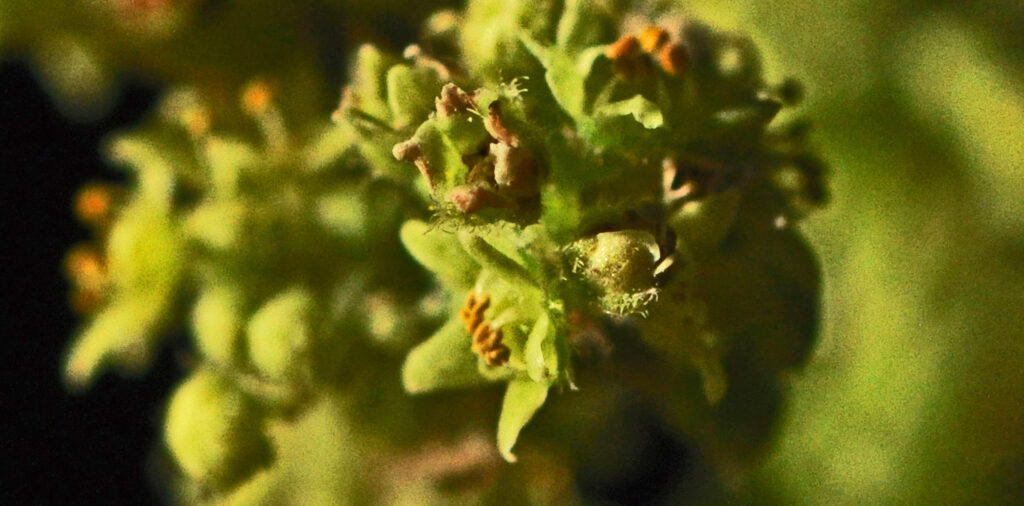
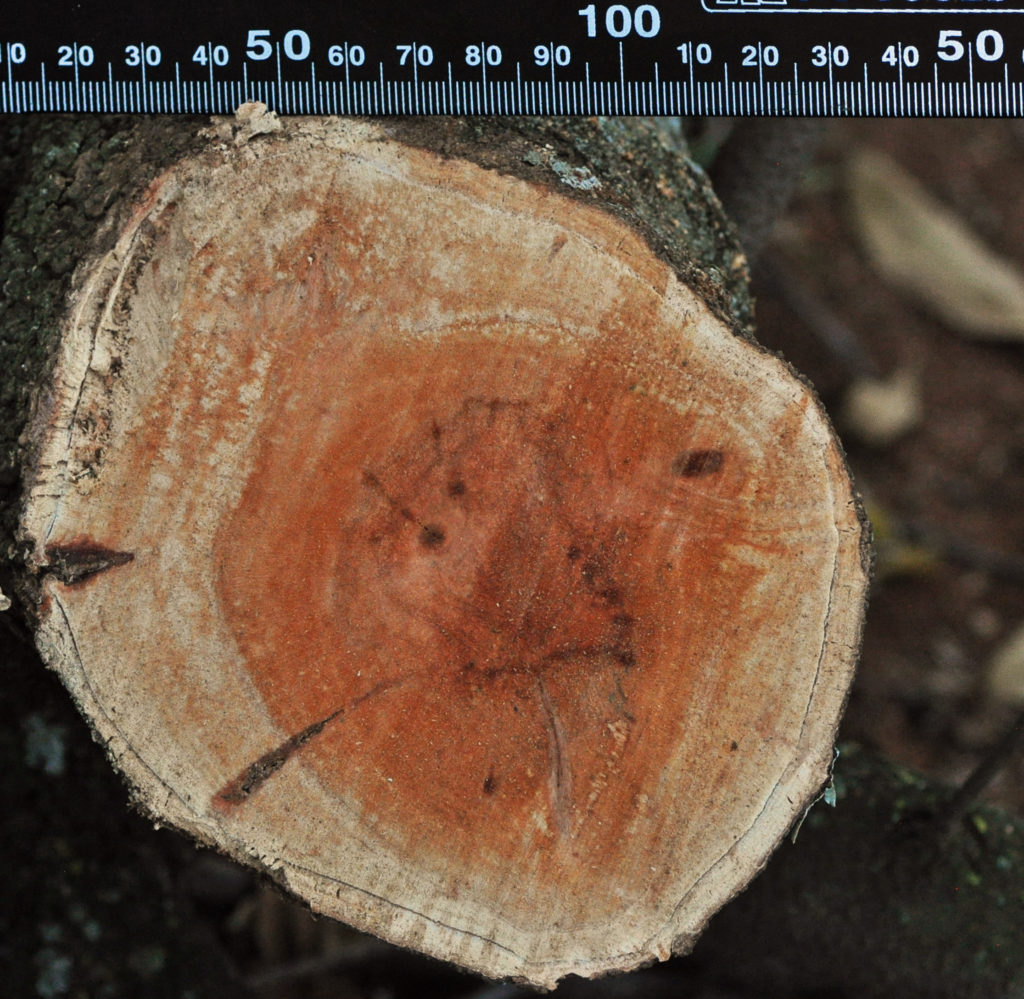
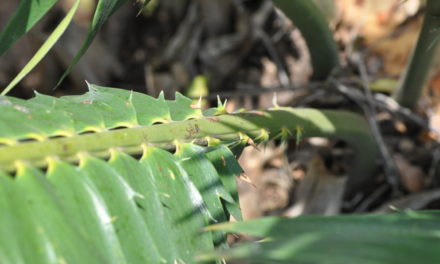
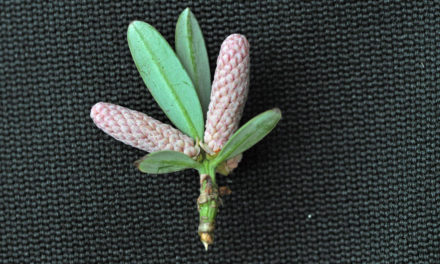
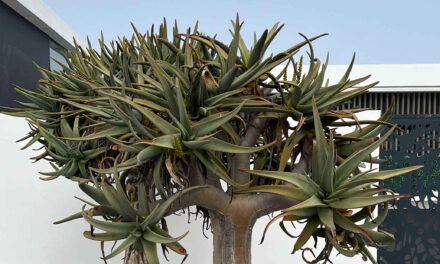
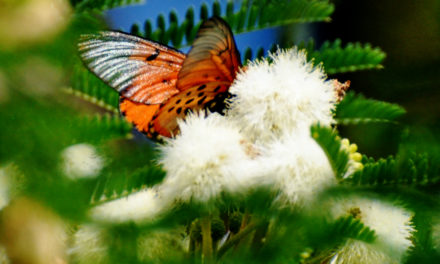
Hi
Having recently purchased a medium farm in the Northern Cape, (Vanwyksvlei), we have been informed that the Prosopis tree is an alien and invasive species. We require your organisations assistance in evaluating the flora on the farm, and then assisting us to regrow indigenous trees and flora that will restore the natural ecosystem.
We would appreciate if your organisation can assist.
Thank you
Greetings Isaac
Regrettably I am the only person involved on this website. Here the species are usually indigenous endemic trees.
I would suggest that you contact Kirstenbosch Botanical gardens or Pretoria National Botanical Gardens and ask for their help.
Good luck and take care!
Regards
David Becking.